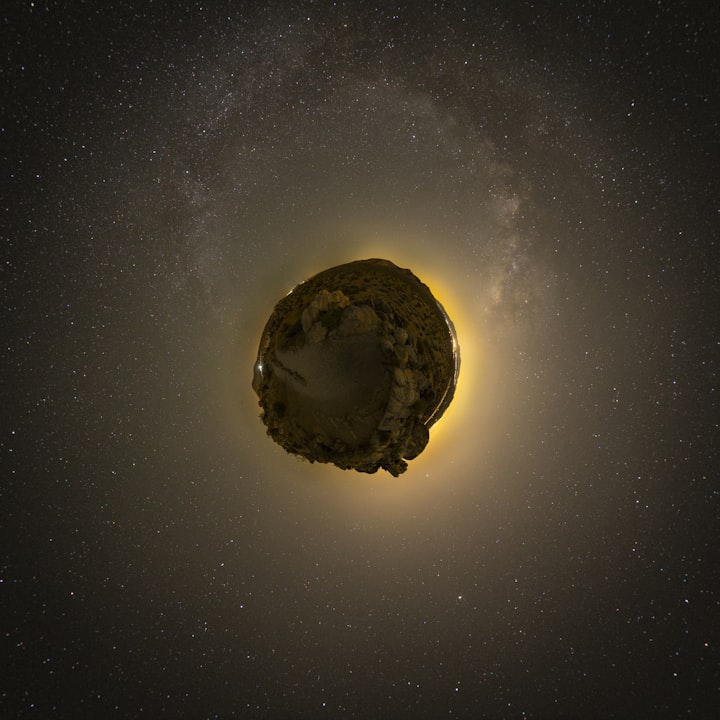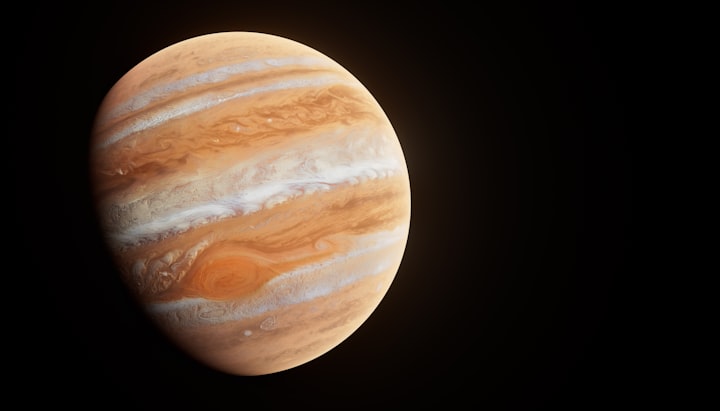
Asteroids, comets, and meteors are all celestial bodies that move through space, but they differ in composition, size, and origin. Here's a detailed look at the difference between these three celestial bodies.
Asteroids:
Asteroids are small, rocky bodies that orbit the sun. They are mostly found in the asteroid belt, a region between Mars and Jupiter, but some asteroids have orbits that take them closer to the sun or farther out into the solar system. Asteroids are made up of rock, metal, and other materials, and they range in size from tiny pebbles to large rocks that are hundreds of kilometers in diameter. Some asteroids have moons, and a few have even been visited by spacecraft.
Comets:
Comets are small, icy bodies that also orbit the sun. Unlike asteroids, comets have highly elliptical orbits that take them far from the sun and then back in toward it. When a comet gets close to the sun, the heat causes the ice on its surface to vaporize, releasing gas and dust into space. This creates a coma, or a cloud of gas and dust that surrounds the comet's nucleus. As the comet moves closer to the sun, the solar wind and radiation push the coma and tail away from the sun. Comets are sometimes called "dirty snowballs" because of their composition of ice, dust, and rock.
Meteors:
Meteors are not actually celestial bodies but are instead debris from asteroids or comets that enter the Earth's atmosphere. When this debris burns up in the Earth's atmosphere, it creates a streak of light in the sky, which is called a meteor. Most meteors are small and burn up completely before they reach the ground, but some larger ones can survive the trip through the atmosphere and hit the ground, becoming meteorites.
(1) Small heavenly Bodies :-
Small heavenly bodies are celestial objects that are not classified as planets, dwarf planets, or natural satellites (moons). They include asteroids, comets, meteoroids, and some other types of bodies. These small bodies are interesting to study because they can give us clues about the formation and evolution of the Solar System.
Asteroids are small, rocky objects that orbit the Sun. Most asteroids are located in the asteroid belt, which is located between Mars and Jupiter. Some asteroids have been known to collide with the Earth, and these impacts can cause significant damage. Asteroids are often irregularly shaped and have a variety of surface features, including craters, ridges, and valleys.
Comets are small, icy bodies that also orbit the Sun. They are sometimes called "dirty snowballs" because they are made up of ice, dust, and other debris. As a comet gets closer to the Sun, its ice begins to melt, releasing gas and dust that form a glowing tail that can be seen from Earth. Comets come from two main regions in the Solar System: the Kuiper Belt and the Oort Cloud.
Meteoroids are small pieces of rock or metal that are found in space. When a meteoroid enters the Earth's atmosphere, it is called a meteor. Meteors are also sometimes called shooting stars or falling stars, and they can often be seen at night as bright streaks of light in the sky. Most meteors are very small and burn up in the atmosphere before they reach the ground, but larger meteoroids can create craters when they hit the Earth.
(2) Shooting stars :-
“Shooting stars” is a common term used to describe the streaks of light that sometimes appear in the night sky. However, these are not actually stars, but rather meteors – small pieces of rock and dust that enter the Earth's atmosphere at high speeds, causing friction with the air and creating a bright streak of light.
The term "shooting star" comes from the ancient belief that these streaks of light were actually stars falling from the sky. In reality, meteors are much smaller than stars and are much closer to Earth. Most meteors are about the size of a grain of sand or smaller, but they can still create a dramatic display as they burn up in the atmosphere.
Meteors are usually visible for only a few seconds before they burn up completely, but during certain times of the year, you may be able to see a meteor shower. This occurs when the Earth passes through a trail of debris left behind by a comet or asteroid. The debris burns up in the Earth's atmosphere, creating a flurry of meteors that seem to radiate from a single point in the sky.
If you're interested in seeing shooting stars, the best time to look is during a meteor shower. The most well-known meteor shower is the Perseids, which occurs every year in August. Other notable meteor showers include the Leonids in November and the Geminids in December.





Comments
There are no comments for this story
Be the first to respond and start the conversation.